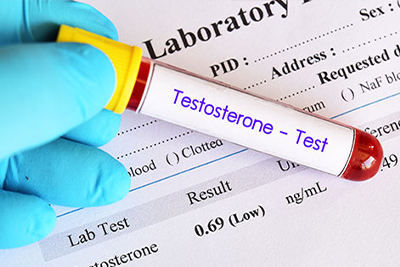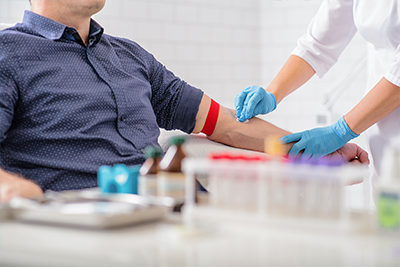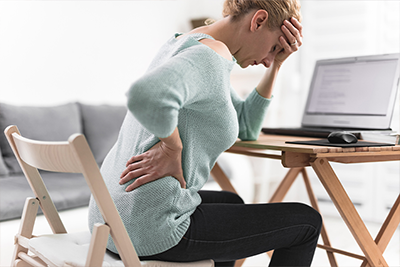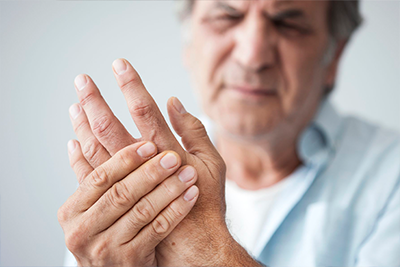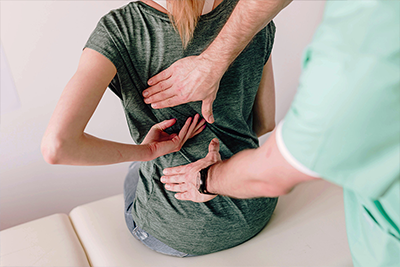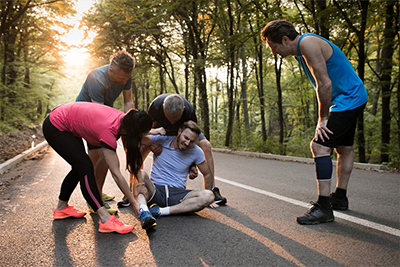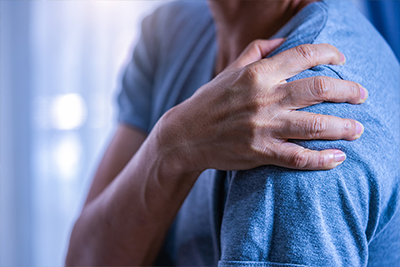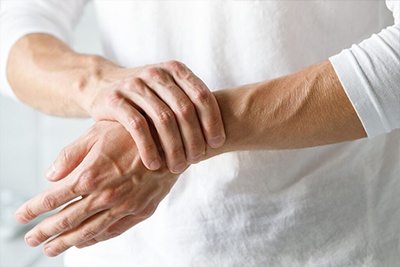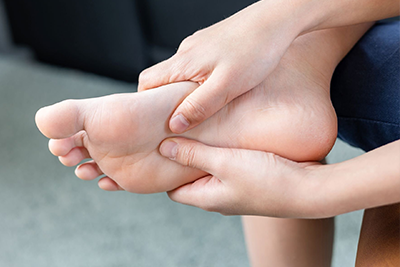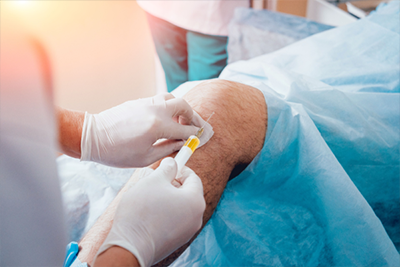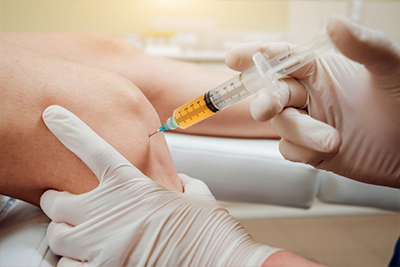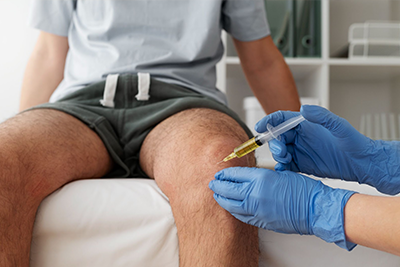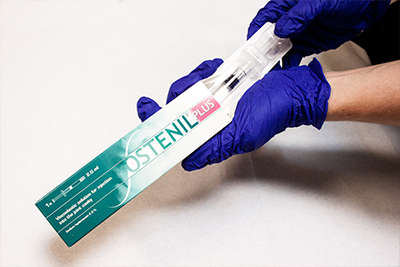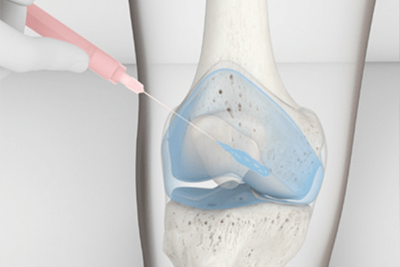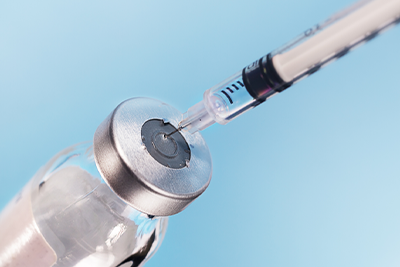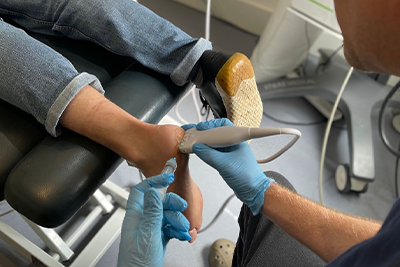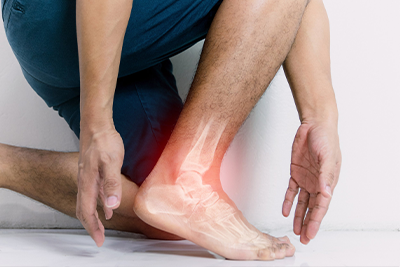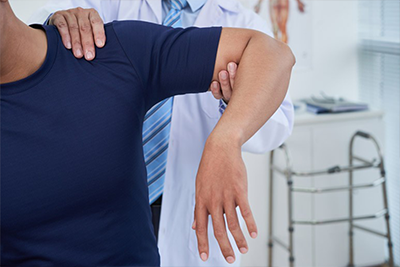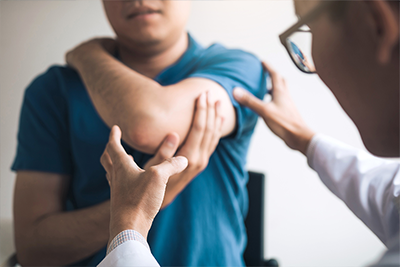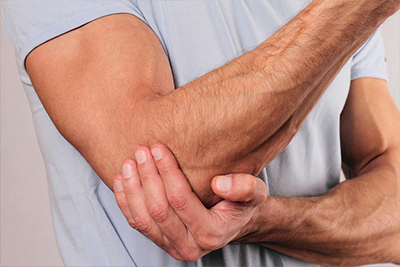Calf injuries are common, especially among runners, athletes, and fitness enthusiasts who engage in high-impact activities. Whether you’re sprinting, jumping, or simply increasing your exercise intensity, your calf muscles play a crucial role in movement. When they become strained or torn, it can lead to pain, swelling, and restricted mobility.
At Vale Health Clinic, we frequently see patients with calf injuries ranging from mild strains to complete tears. Understanding the causes, symptoms, and best treatment approaches can help prevent long-term issues and ensure a swift recovery.
Causes of Calf Injuries
Calf injuries typically occur due to excessive force or repetitive strain on the muscles in the lower leg. Some of the most common causes include:
Overuse & Sudden Strain
Excessive training, especially without proper warm-ups, can overload the calf muscles. Sports like running, football, tennis, and basketball—where sudden acceleration, jumping, or changes in direction are frequent—can put immense pressure on the calf, leading to strains or tears.
Poor Flexibility & Muscle Imbalances
Tight calf or weak opposing muscles (such as the shin muscles) can increase the risk of injury. Lack of flexibility reduces the muscle’s ability to absorb impact, making it more susceptible to strains during dynamic movement.
Age-Related Muscle Stiffness
As we age, our muscles naturally lose elasticity. This makes them more prone to injury, particularly if regular stretching and strengthening exercises are neglected.
Sudden Increase in Training Intensity
The rapid escalation in training volume—such as increasing mileage too quickly in running or intensifying weight training—places additional stress on the muscles. This is one of the most frequent causes of calf injuries in endurance athletes.
Wearing Inappropriate Footwear
Poorly fitted or unsupportive shoes can alter gait mechanics, increasing strain on the lower leg muscles. This is especially true for runners who wear worn-out shoes with inadequate cushioning.
Symptoms of a Calf Injury
Recognising the early signs of a calf injury is crucial for preventing further damage. Common symptoms include:
- Mild Strain (Grade 1): A slight pull in the muscle with mild pain and tightness but no significant loss of function.
- Moderate Strain (Grade 2): More intense pain, noticeable swelling, and difficulty walking. Stretching the calf or pushing off while walking may feel painful.
- Severe Strain or Tear (Grade 3): A sharp, sudden pain, often accompanied by swelling, bruising, and a visible dent in the muscle where the tear has occurred. Weight-bearing may be impossible without significant pain.
If you experience any of these symptoms, it’s essential to rest immediately and seek professional advice to avoid worsening the injury.
Preventing Calf Injuries
Preventative strategies can significantly reduce the risk of calf injuries, allowing you to maintain your activity levels safely.
Gradual Progression in Training
One of the best ways to prevent calf injuries is to avoid sudden spikes in training intensity. Whether increasing running mileage or intensifying your workout routine, follow the 10% rule—increase distance, time, or load by no more than 10% per week.
Prioritise Warm-Ups & Cool-Downs
A proper warm-up prepares your muscles for exercise and increases blood flow, reducing the risk of strains. Before engaging in high-intensity movements, include dynamic stretches, such as calf raises and leg swings.
After exercise, static stretching can help maintain flexibility. Try a calf stretch by placing your hands against a wall, pressing one foot back, keeping your heel down, and holding the stretch for 20-30 seconds.
Strengthening & Mobility Exercises
Building strength in the calf and surrounding muscles is essential for injury prevention. Incorporate exercises such as:
- Calf Raises: Strengthens both the gastrocnemius and soleus muscles.
- Toe Walks: Enhances endurance in the lower leg.
- Eccentric Heel Drops: Strengthens the calf while promoting flexibility.
- Ankle Mobility Drills: Improves overall range of motion and reduces muscle tightness.
Wear Supportive Footwear
Invest in proper footwear that offers adequate arch support and cushioning, especially if you participate in high-impact activities. If needed, orthotics or insoles can help correct gait issues and reduce strain on the lower legs.
Stay Hydrated & Maintain a Balanced Diet
Dehydration and electrolyte imbalances can contribute to muscle cramps and tightness, increasing the likelihood of injury. Ensure you drink enough water throughout the day and consume magnesium-rich foods like leafy greens, nuts, and seeds.
Treatment Options for Calf Injuries
If a calf injury does occur, early intervention can speed up recovery and reduce the risk of complications.
The R.I.C.E. Protocol
For mild-to-moderate strains, the R.I.C.E. method can help manage pain and inflammation:
- Rest: Avoid weight-bearing activities to prevent further strain.
- Ice: Apply an ice pack for 15-20 minutes every 2-3 hours.
- Compression: Use a bandage to reduce swelling and support the muscle.
- Elevation: Keep the leg elevated to minimise fluid build-up.
Physiotherapy & Chiropractic Care
Vale Health Clinic offers tailored chiropractic treatments to restore function and prevent recurrence. Soft tissue therapy, joint mobilisation, and personalised rehabilitation plans can aid healing.
Cortisone & Cingal Injections
For persistent calf pain or inflammation that doesn’t improve with conservative treatment, cortisone or Cingal injections may be an option. These treatments help reduce inflammation and promote healing by targeting the affected area directly. Our specialists at Vale Health Clinic can advise whether injections suit your specific condition.
Gradual Return to Activity
Once symptoms subside, it’s crucial to reintroduce movement gradually. Start with gentle stretching and non-weight-bearing exercises like swimming or cycling before returning to impact-based activities.
Vale Health Clinic
Calf injuries can be frustrating, but they are entirely manageable with the right knowledge and approach. Whether you’re an athlete training for an event or simply looking to stay active and pain-free, prioritising strength, flexibility, and proper technique will go a long way in preventing injuries.
If you’re struggling with calf pain or want professional guidance on injury prevention, book a consultation at Vale Health Clinic today. Our team is here to help you recover, rebuild strength, and return to the activities you love!
Related Articles
- Joint Support for Summer Sport
- Runners Knee, a Recipe for a Pain-Free Knee
- Knee Osteoarthritis (OA) Symptoms and Treatment
- A Few Reasons You May Have Knee Pain
- Pain Relief Tips for Aching Joints in Winter


